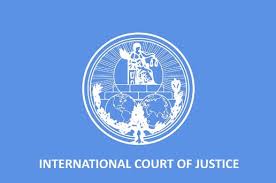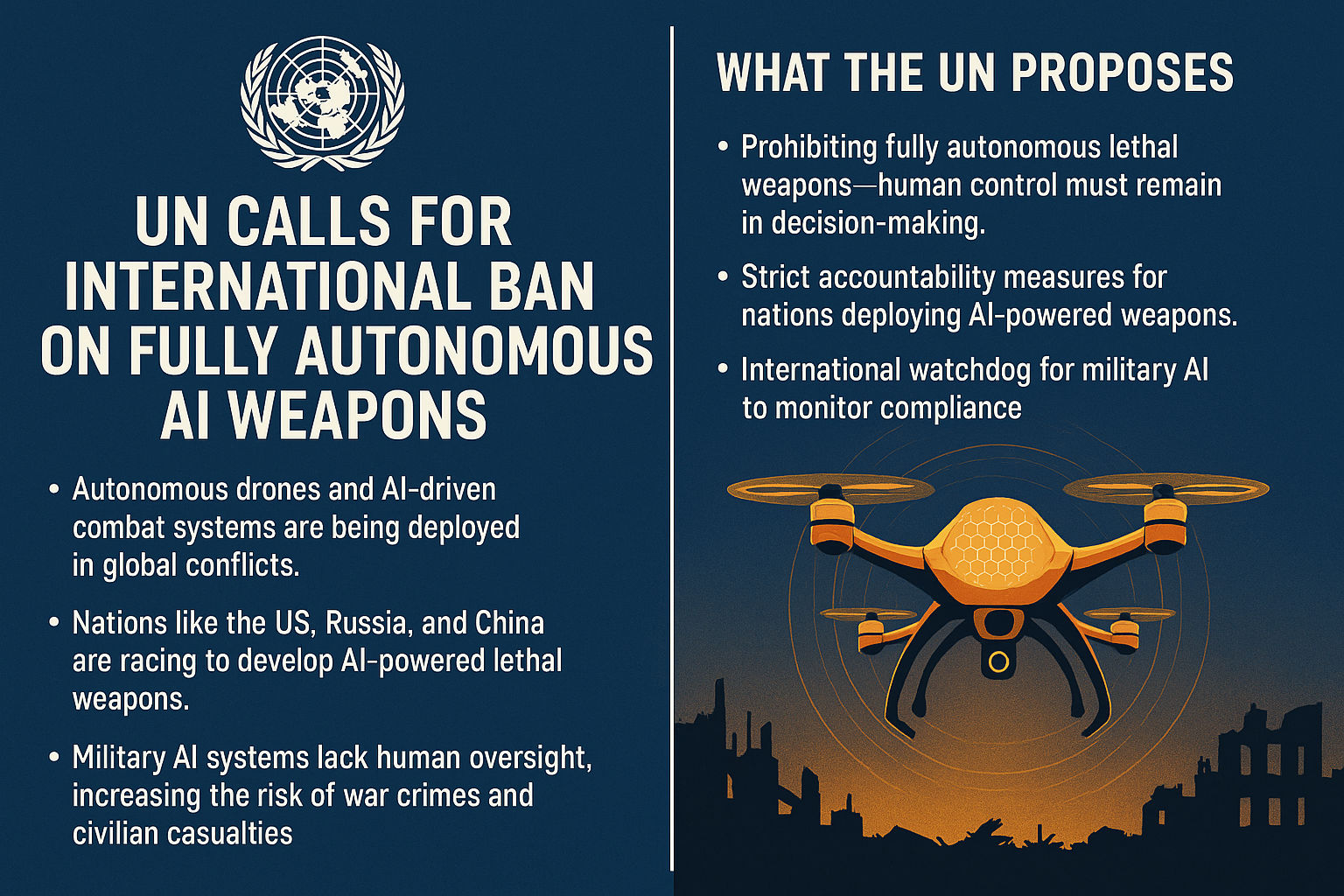Binding Force of Treaties Parties of a Treaty
Binding Force of Treaties and Parties of a Treaty
1. Binding Force of Treaties
a. Definition
A treaty is a written agreement between states or international entities that is binding under international law.
The binding force means the parties must perform their obligations in good faith.
b. Principle of Pacta Sunt Servanda
The foundation of the binding force of treaties is the principle “pacta sunt servanda”, meaning:
"Agreements must be kept."
It obliges parties to honor and execute treaties in good faith.
This principle is codified in Article 26 of the Vienna Convention on the Law of Treaties (1969).
c. Effect in International Law
Treaties create legal rights and obligations for the parties under international law.
A breach of a treaty constitutes an international wrongful act.
Remedies may include negotiations, arbitration, or recourse to the International Court of Justice.
d. Effect in Domestic Law
Under Indian constitutional law (and many other systems), treaties do not automatically become part of domestic law.
They have binding force internationally, but domestic implementation requires legislative action.
Therefore, binding force internationally ≠ automatic domestic enforceability.
e. Limitations to Binding Force
A treaty is binding only on parties that have consented (by signature, ratification, accession).
Can be terminated or suspended under conditions like:
Consent of parties,
Material breach,
Fundamental change of circumstances,
Impossibility of performance (per Vienna Convention articles).
2. Parties of a Treaty
a. Who Can Be Parties?
Typically, sovereign states are the primary parties to treaties.
However, international organizations (e.g., UN, EU) can also be parties if the treaty so provides.
b. Types of Parties
| Party Type | Description |
|---|---|
| States | Sovereign countries with capacity to conclude treaties. |
| International Organizations | Entities created by states with legal personality (e.g., UN, WTO). |
| Others | Occasionally, entities with international personality (e.g., the Holy See) may be parties. |
c. Capacity to Conclude Treaties
States have full capacity to enter treaties.
International organizations may have limited capacity within their mandates.
Non-state actors (individuals, companies) cannot be parties to treaties but may be affected by treaties.
d. Consent to Be Bound
Becoming a party involves expressing consent, typically through:
Signature
Ratification
Acceptance
Approval
Accession
Consent creates binding obligations.
e. Third States and Non-Parties
Treaties generally bind only the parties.
Under Article 34 of the Vienna Convention, treaties do not create obligations or rights for non-parties without consent.
3. Summary Table
| Aspect | Explanation |
|---|---|
| Binding Force | Parties must perform treaty obligations in good faith (Pacta sunt servanda) |
| International Effect | Creates binding international legal obligations |
| Domestic Effect | Requires legislation for domestic enforceability |
| Parties | Sovereign states, international organizations |
| Consent to Be Bound | By signature, ratification, accession, or approval |
| Limitations to Binding Force | Termination, breach, impossibility, fundamental change |
4. Relevant Case Law Examples
a. Case: Ambatielos Case (Greece v. UK), PCIJ 1953
Established that treaties are binding on parties in good faith and must be performed.
b. Case: Nuclear Tests Case (Australia v. France), ICJ 1974
Reaffirmed pacta sunt servanda and that states are bound by their treaty obligations.
Do write to us if you need any further assistance.


























0 comments